Ever since Dutch settlers established their first trading post at the southern tip of Manhattan Island in 1624, New York City (or New Amsterdam, as it was originally known) has played a pivotal role in the political, social and cultural development of North America. If you are looking to discover more about the rich history of this iconic city, the following 12 books, on a variety of different topics, provide plenty of fascinating insight into New York City’s past, present, and even, in some cases, future.
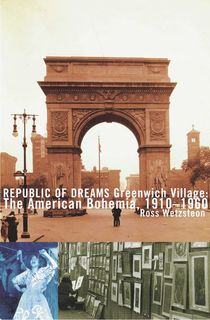
Republic of Dreams
Journalist and drama critic Ross Wetzsteon lived in Greenwich Village for many years and completed this vivid portrait of early 20th-century cultural life in the Village shortly before his death in 1998. Republic of Dreams focuses on the artists, writers and free thinkers who made Greenwich Village their home during the golden age of bohemianism between 1910 and 1960. Many of the Village’s legendary residents feature in Wetzsteon’s “sweeping yet intimate history” (Los Angeles Times Book Review), ranging from cultural icons like Eugene O’Neill and Jackson Pollock to birth control pioneer Margaret Sanger and anarchist Emma Goldman.
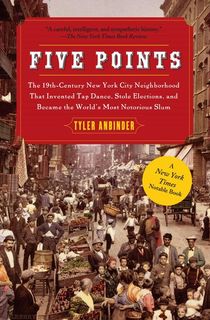
Five Points
During the 19th century, the Five Points neighborhood in Lower Manhattan was home to one of the most notorious slums in the world. Martin Scorsese’s acclaimed 2002 movie, Gangs of New York, provided a fictionalized account of the bloody gang warfare that was once common in the area. In Five Points, Tyler Anbinder has drawn upon a wealth of original and secondary sources to delve deep into the real-life social history of this infamous neighborhood.
His comprehensive account brings vividly to life the challenges faced by the immigrants who came to live there from the time of the Irish Potato Famine in the 1840s to the turn of the 20th century. Along the way, the author reveals plenty of fascinating minutiae about Five Points, including its claim to be the birthplace of tap dancing and the occasion when it hosted the “prize-fight of the century”.
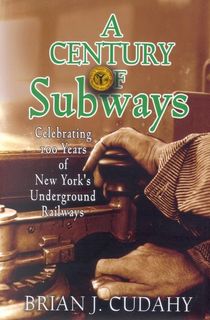
A Century of Subways
A Century of Subways was originally published in 2004 to coincide with the centenary of the New York City subway. The book offers a fresh perspective on the history of subway systems from around the world, focusing, in particular, on New York’s famous underground railways. Its author, Brian J. Cudahy, is a transportation expert and he provides a comprehensive account of the complexities involved in building such an extraordinary suburban underground system, together with insight into how it transformed the lives of the city’s residents.
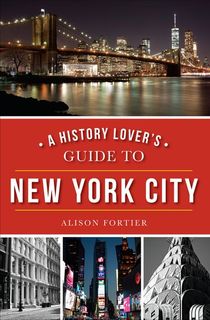
A History Lover's Guide to New York City
Alison Fortier’s history-slanted guidebook offers residents and visitors alike the chance to explore for themselves New York City’s history by experiencing first-hand the places associated with many of the most famous people and places from its past. Her fascinating exploration of the city’s heritage also works well for those who prefer to experience it from the comfort of their own armchair.

Gastropolis
Gastropolis editors Annie Hauck-Lawson and Jonathan Deutsch have assembled an interesting and varied collection of food-related essays to explore New York’s rich culinary heritage. Each essay covers a different topic, spanning the city’s evolution from the relatively simple cuisine of its early colonial days to its position today as one of the world’s great multicultural foodie capitals. Reflecting the diversity of New York’s modern food culture, Gastropolis cleverly combines essays from leading academics with more intimate childhood recollections.
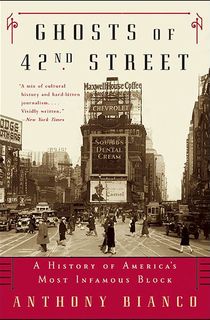
Ghosts of 42nd Street
Once a relatively quiet suburban neighborhood, 42nd Street underwent a dramatic transformation in the early 20th century to become one of the world’s great entertainment hotspots, before later gaining an unwanted reputation for its association with the more unsavory side of the showbusiness industry. Anthony Bianco’s evocative Ghosts of 42nd Street traces this fascinating journey through the stories of the diverse people and events that have shaped its history.
As well as delving deep into the lives of the early theatrical impresarios, the author also focuses on the media moguls, property developers and politicians who played such a significant part in the history of New York’s famous thoroughfare. He concludes by bringing the story up to date with some interesting insights into the modern redevelopment program that has revived the area’s fortunes.
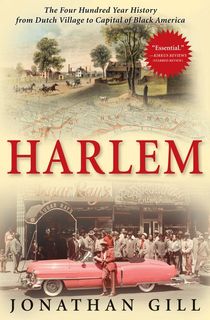
Harlem
Jonathan Gill’s epic history of Harlem begins all the way back in 1609 when Henry Hudson first made contact with the area’s inhabitants. From that starting point, he proceeds to chronicle the history of New York’s iconic neighborhood over four centuries, taking in key moments like the American Revolution, and reveals how and why it came to be dubbed the unofficial capital of Black America during the Harlem Renaissance of the 20th century. Gill’s “authoritative and exhaustive” history (Washington Post) introduces his reader to many of the diverse characters that have made Harlem their home, including Alexander Hamilton, Duke Ellington and Malcolm X.
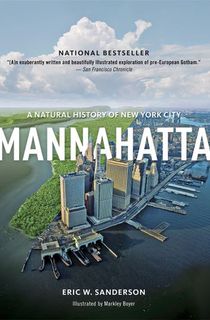
Mannahatta
The land now occupied by Manhattan, called Mannahatta (“hilly island”) by its original inhabitants, was once home to a diverse ecosystem rich in natural resources. Beautifully illustrated throughout, Eric W. Sanderson’s groundbreaking book visualizes in words and images how this landscape would have looked in the days leading up to the arrival of the area’s first European settlers in the early 17th century. To produce this fascinating and insightful study, the author has combined extensive research into historical and archaeological records with up-to-date computer modelling. Along the way, not only does Sanderson reveal the ecology of Manhattan’s past, but also uses his findings to suggest ways of inspiring a more environmentally friendly future.
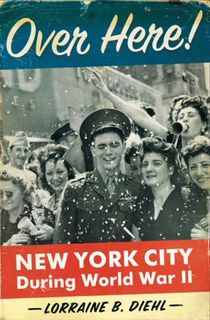
Over Here!
New York City became the focal point of action on the home front during World War II, not least because it was the center of US shipbuilding operations and the embarkation point for troops heading off to the theater of war. In Over Here!, Lorraine B. Diehl takes a nostalgic look at life in the city during this period, evoking all the sights and sounds that personified the wartime era from Times Square to the Brooklyn Navy Yard. Her account features personal anecdotes from a wide variety of wartime residents and visitors, including several famous names, as well as a fascinating selection of images from the period.

Triangle
David von Driehle’s riveting book chronicles the tragic circumstances surrounding the 1911 fire that destroyed the Triangle Shirtwaist factory in Greenwich Village, resulting in the deaths of 146 workers. The author relives this appalling disaster—one of the worst in New York history—in minute-by-minute detail to produce a “spellbinding and detailed reconstruction” of events (New York Times). Von Drehle also provides an in-depth account of what happened in the aftermath of the fire, revealing the role played by the tragedy in changing the future course of politics and labor relations.
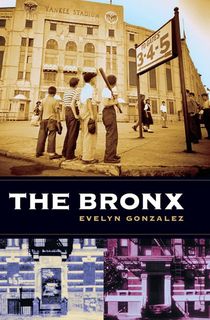
The Bronx
From its origins as a cluster of largely rural commuter villages, the Bronx once enjoyed a reputation as the city’s “wonder borough”. Following its eventual transformation into the overpopulated concrete jungle of the late 20th century, the borough’s name became synonymous with all that was negative about social and economic urban decay. Part of the Columbia History of Urban Life series, Evelyn Gonzalez’s meticulously researched The Bronx provides plenty of fascinating details about the long and eventful history of New York City’s northernmost borough. The author proves particularly insightful in her discussion of the factors that led to the Bronx’s decline and the inspiring role played by the local community in the borough’s subsequent regeneration.
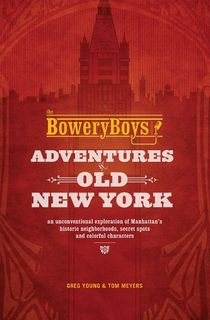
The Bowery Boys
The Bowery Boys, by Greg Young and Tom Meyers, is the official companion to the duo’s award-winning podcast of the same name. In their podcast, they provide a fun guide to New York’s history, often focusing on the lesser-known people and places from its colorful past. Their first-ever book follows a similar format, taking the reader on a guided tour of Manhattan’s historic secrets. Young and Myers have a talent for bringing the history of New York to life in an entertaining and informative way, which is put to good use in this comprehensive, yet accessible, book.
This post is sponsored by Open Road Media. Thank you for supporting our partners, who make it possible for The Archive to continue publishing the history stories you love.
